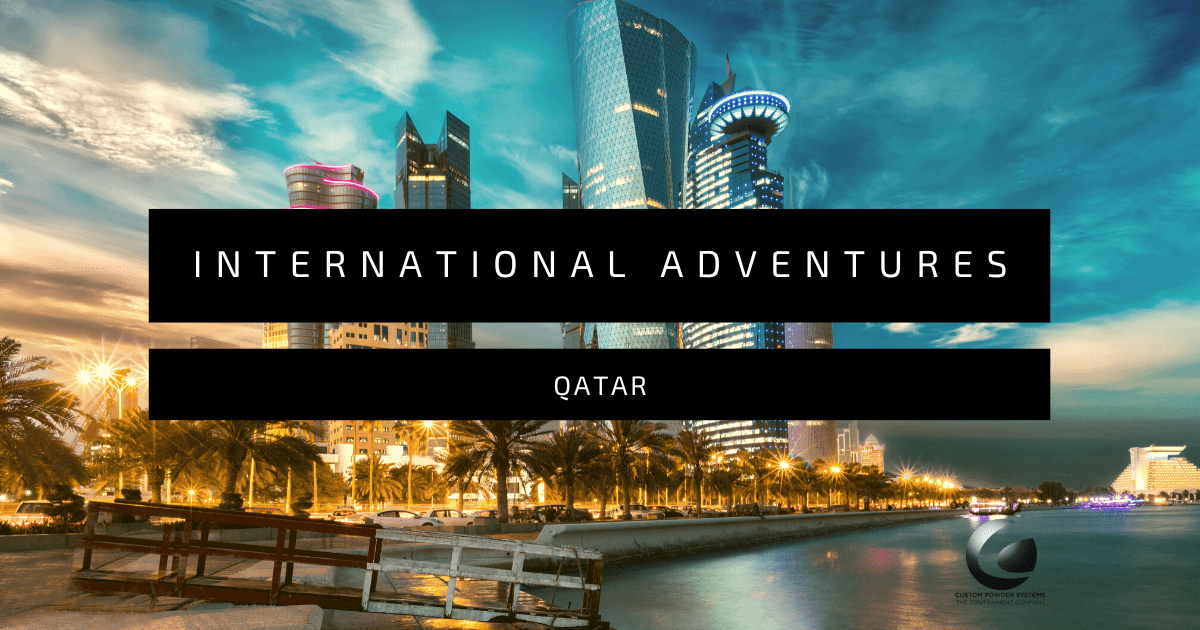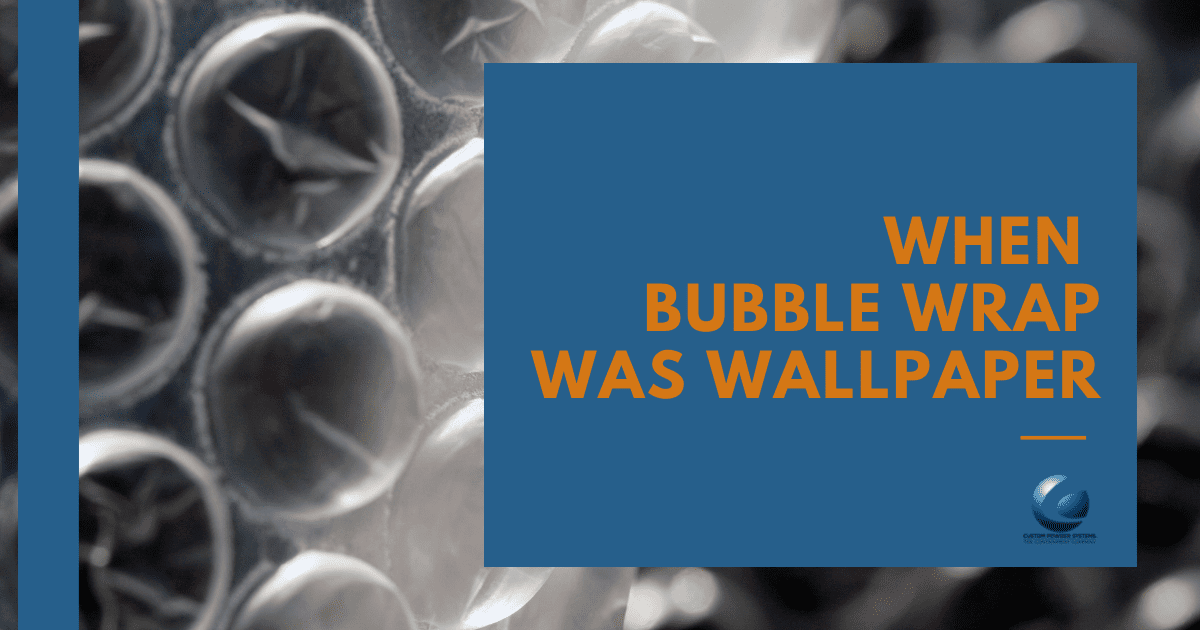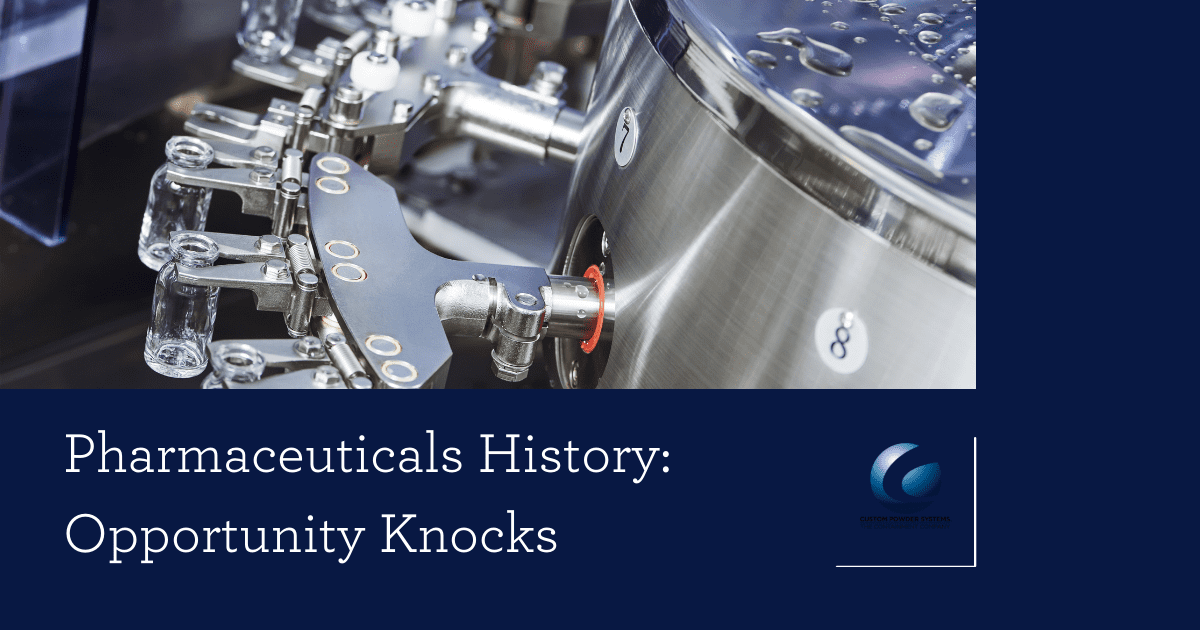We were asked to design, build, and install a two-part gas-to-liquid catalyst dispensing system in 2008. We created, set up, and tested it entirely at the CPS factory in Missouri, before packing and shipping it to Ras Laffan, Qatar.
A country with fewer residents than expatriates, the State of Qatar sits on the western shore of Saudi Arabia. Although it’s half the size of Lake Erie, Qatar has the third-largest GDP per capita in the world. It was a modest fishing and pearl hunting country until the discovery of oil in 1940. In short order, the citizen’s way of life improved vastly and this tiny nation proudly boasts an unemployment rate of 0.1%.
Ras Laffan and Mysterious Mangroves
Sitting near the tip of Qatar, our customer was in an area commissioned as an “industrial city” in the 90s. It’s home to many petrochemical companies processing liquified natural gas and gas-to-liquid. It’s situated perfectly near the North Field, the world’s largest natural gas field.
To accommodate a large number of shipping exports, Ras Laffan built the world’s largest artificial harbor. But just 45 minutes to the south sits an equally amazing display of nature: The Al Thakira Mangroves. A boggling forest of mangrove trees, crusted with sea salt, that supports life both above and below the water. Tourists often kayak through this water forest almost unaware of the large industrial centers a few miles away.
Where Cars Go to Die?
Another mysterious find is a scrapyard of over 20,000 vehicles. We’re talking everything from convertibles to cement mixers. Cars live at the Al Wukair Scrapyard for about four or five months while the owner is tracked down. After that, they are put into the compactor and recycled.
This odd state-run junkyard is about 12-miles from the Qatar capital of Doha, but judging by the look of the cars, it may as well be in the middle of nowhere. But in a place with few natural resources (outside of oil and pearls), these scraps are often recycled into usable steel for construction.
Doha and Beyond
You’re not likely to get to Qatar without going through its capital city of Doha. Nearly half the population of the country lives in this modern city. Almost half the year is spent above 100 degrees Fahrenheit (over 38 Celsius), and you’ll find creative ways to keep buildings cool. You’ll find structures built to cast shadows, highly sophisticated (and costly) cooling systems, and using white-colored building materials to reduce heat absorption. When visiting, you’ll see something else unexpected: Blue roads! In an attempt to help cool the city, a road downtown was painted with blue-colored heat reflective paint. It’s an innovative test in hotter climates around the world to see if city temperatures can be lowered, as the world around it gets hotter.
A Journey We’ll Never Forget
If you have the opportunity, Qatar is an amazing place to visit. Atlas Obscura, the internet’s guide to hidden wonders everywhere, has a collection of must-see places if you ever have the opportunity to stop in this tiny, but wealthy, nation.
It’s one of the many places we’ve been fortunate enough to visit and help a customer. To this day, if you drive through Ras Laffan, there’s a 65-foot system that was custom made to help convert gas to liquid in one of the many refineries in the industrial city.
We love creative discoveries like blue roads and hidden mangroves, and nothing excites us more than creative inventions custom-made for our customers worldwide.
_________________________________________________________________________
To hear more about the art of engineering, sign up for our newsletter.






